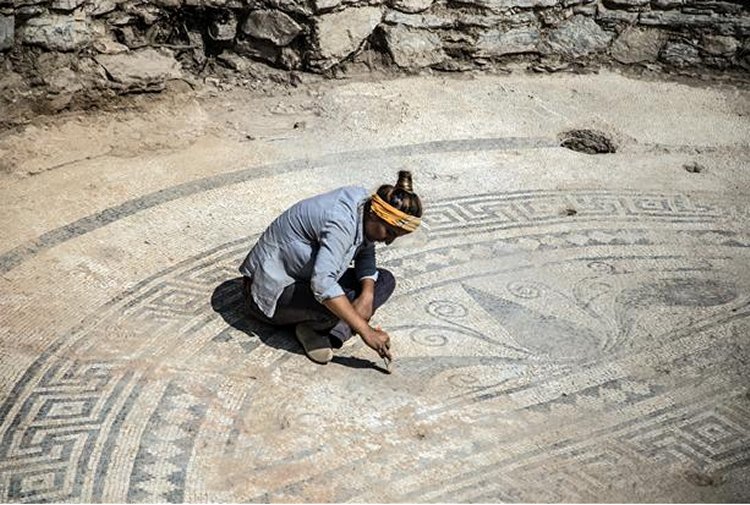Excavations Begin In Ancient City Of Antiocheia Ad Cragnum, Turkey
Conny Waters - AncientPages.com - Teams digging in an ancient city on Turkey’s Mediterranean coast that was once home to pirates discover a variety of artifacts, including anchors and a bath.
Once a hub for pirate activity, the ancient city of Antiocheia Ad Cragnum in Antalya’s Gazipaşa district is now undergoing renewed excavations that is shedding new light on the history of the area.
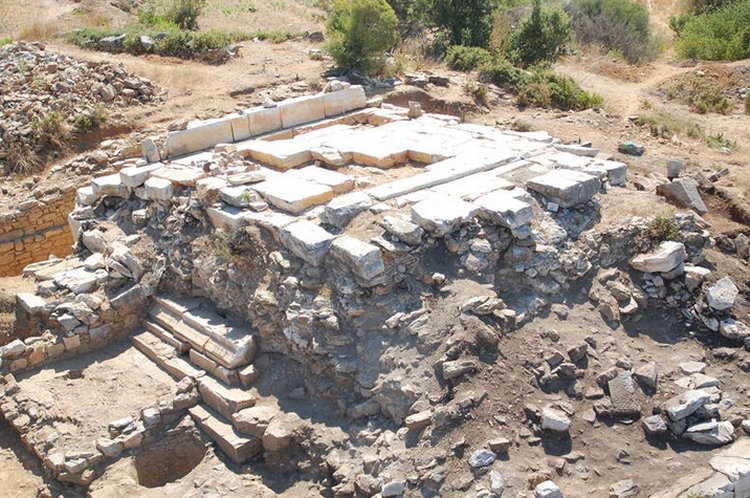
Antiochia ad Cragum is located in ancient Rough Cilicia on the south coast of Turkey, approximately north of Cyprus.
“In the excavations, we have uncovered a 600-meter-long mosaic, some remains of a bath and a parliament building so far,” said Dr. Birol Can, the excavation crew coordinator for the site and a lecturer at Uşak University’s Science and Literature Department Archaeology Department.
“Aside from these, we also unearthed a small temple with a mosaic floor covering … and discovered the head of a mythological figure, Medusa, near the temple. This is a figure directly on a triangular-shaped pediment based on four columns. Medusa is the mortal one of the Gorgon siblings, a fantastic figure emerging from the imagination of the ancient people. Described as snake-headed, bronze-handed, and golden winged, Medusa emerges as a figure that terrifies everyone,” he said.
“Some sources have shown that the entire Cilician coastline was used as shelter by the pirates. Its geographical location and connection to the sea also contributes to this idea. The structure of the area is one where the mountains are parallel to the sea. Though the rocky areas are close to the sea, the city nevertheless is 350 meters high.
The pirates took advantage of the means provided by nature. Before the Roman period, the pirates sometimes raided the cities on the land and sometimes the trade ships. Roman commander Pompeius Magnus eliminated the threat of piracy from this ‘pirate city,’ after which we see a Roman presence in the area,” Can said.
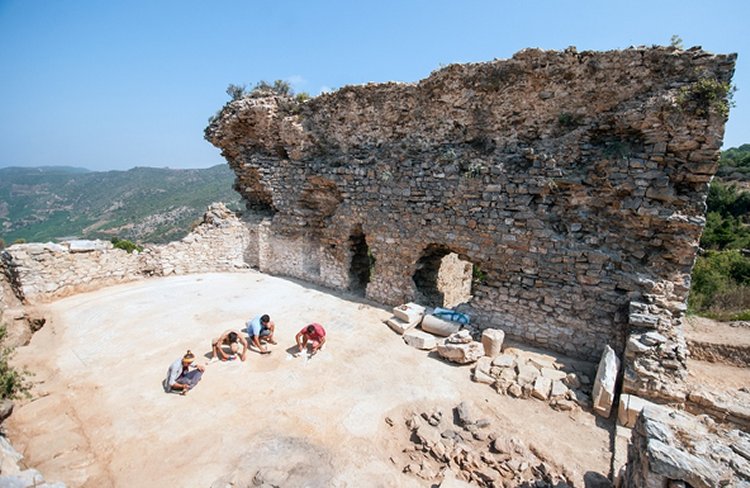
After the Roman Empire developed a strong presence in the area, the town was ceded to the Cappadocia Kingdom.
After the Roman Empire developed a strong presence in the area, the town was ceded to the Cappadocia Kingdom, added Can.
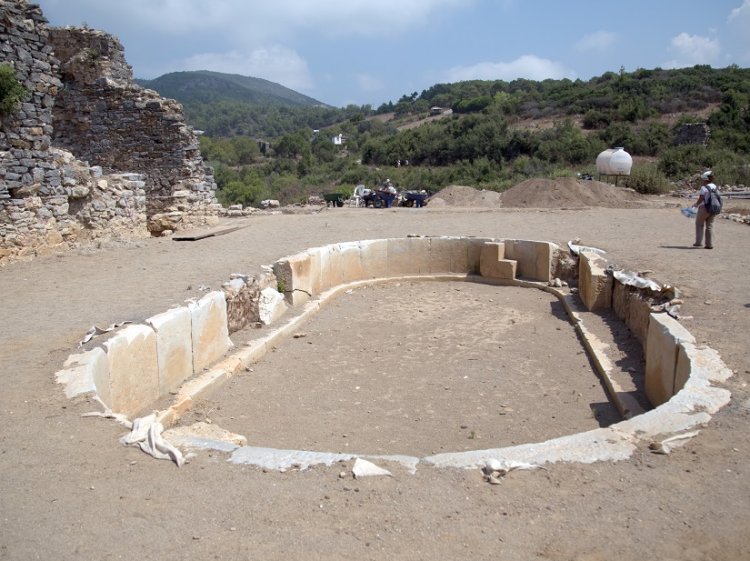
"Roman commander Pompeius Magnus eliminated the threat of piracy from this ‘pirate city,’ after which we see a Roman presence in the area”
“In this period, Cappadocian King Antiochos IV made investments here and built towns. One of these towns was Antiochos in Antiocheia ad Cragnum.”
The professor also said they had discovered 2,000 to 2,500-year-old anchors during underwater expeditions that are set to enlighten the town’s history.
Excavations in the ancient city have been conducted by 60 people since 2005, Can said, adding that the dig is being conducted under the chairmanship fo Nebraska University Professor Michael Hoff.
Updated on October 31, 2022
Written by Conny Waters - AncientPages.com Staff Writer
More From Ancient Pages
-
 Finds At Timna Valley Date Back To King Solomon-Era And Point To Sophisticated Ancient Society
Archaeology | Mar 3, 2017
Finds At Timna Valley Date Back To King Solomon-Era And Point To Sophisticated Ancient Society
Archaeology | Mar 3, 2017 -
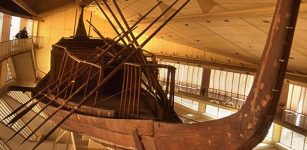 Khufu Boat And Unique Boat-Building Technique Of Ancient Egyptians
Artifacts | Jun 20, 2017
Khufu Boat And Unique Boat-Building Technique Of Ancient Egyptians
Artifacts | Jun 20, 2017 -
 Forbidden Antediluvian Egyptian Secrets Revealed By Initiated Masters Show Most We Know About Egypt Is Wrong
Ancient Mysteries | Aug 6, 2020
Forbidden Antediluvian Egyptian Secrets Revealed By Initiated Masters Show Most We Know About Egypt Is Wrong
Ancient Mysteries | Aug 6, 2020 -
 Mysterious Cucuteni-Tyrpillian Culture Burned Their Settlements For Unknown Reasons
Civilizations | Feb 12, 2021
Mysterious Cucuteni-Tyrpillian Culture Burned Their Settlements For Unknown Reasons
Civilizations | Feb 12, 2021 -
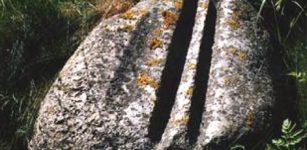 Mystery Of The Gotland Grooves – Ancient Astronomical Observatory?
Civilizations | May 11, 2016
Mystery Of The Gotland Grooves – Ancient Astronomical Observatory?
Civilizations | May 11, 2016 -
 Mystery Of The Blue Blood Gods: Why Did They Have A Different Blood And Skin Color?
Ancient Mysteries | Jun 18, 2015
Mystery Of The Blue Blood Gods: Why Did They Have A Different Blood And Skin Color?
Ancient Mysteries | Jun 18, 2015 -
 Incredible Ancient Extinct World Of Unknown Organisms Discovered
Evolution | Jun 8, 2023
Incredible Ancient Extinct World Of Unknown Organisms Discovered
Evolution | Jun 8, 2023 -
 Cairn de Barnenez: Europe’s Largest Megalithic Mausoleum Is One Of The World’s Oldest Man-Made Structures
Featured Stories | Nov 1, 2018
Cairn de Barnenez: Europe’s Largest Megalithic Mausoleum Is One Of The World’s Oldest Man-Made Structures
Featured Stories | Nov 1, 2018 -
 Mysterious Ancient Tully Monster Is So Weird It Cannot Be Classified
Fossils | Feb 22, 2017
Mysterious Ancient Tully Monster Is So Weird It Cannot Be Classified
Fossils | Feb 22, 2017 -
 Paleolithic Workshop Unearthed In The İnkaya Cave In The Turkish Western Province Of Çanakkale
Archaeology | Oct 29, 2022
Paleolithic Workshop Unearthed In The İnkaya Cave In The Turkish Western Province Of Çanakkale
Archaeology | Oct 29, 2022 -
 Unusual Rock With Ancient Paintings Discovered By Hiker In Norway
Archaeology | Jun 23, 2023
Unusual Rock With Ancient Paintings Discovered By Hiker In Norway
Archaeology | Jun 23, 2023 -
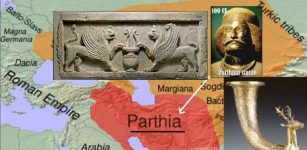 Next Discovery In Tepe Ashraf, Isfahan – Archaeologists May Have Stumbled Upon Ancient Necropolis
Archaeology | Aug 16, 2020
Next Discovery In Tepe Ashraf, Isfahan – Archaeologists May Have Stumbled Upon Ancient Necropolis
Archaeology | Aug 16, 2020 -
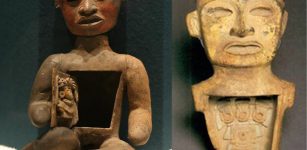 Mysterious Teotihuacan ‘Host’ Figurines From Metepec, Mexico
Artifacts | Jan 6, 2016
Mysterious Teotihuacan ‘Host’ Figurines From Metepec, Mexico
Artifacts | Jan 6, 2016 -
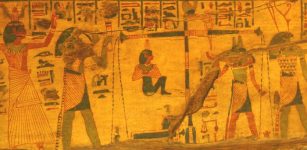 Meskhenet: Egyptian Goddess Of Household And Childbirth Who Governed Over Fate And Destiny
Egyptian Mythology | Mar 14, 2019
Meskhenet: Egyptian Goddess Of Household And Childbirth Who Governed Over Fate And Destiny
Egyptian Mythology | Mar 14, 2019 -
 Is Mysterious Herlaugshaugen The Ship Burial Of Viking King Herlaug?
Archaeology | Jul 11, 2023
Is Mysterious Herlaugshaugen The Ship Burial Of Viking King Herlaug?
Archaeology | Jul 11, 2023 -
 Violent Steppe Invasion In Iberia Peninsula Theory Challenged By Archaeologists
Archaeology | Sep 10, 2024
Violent Steppe Invasion In Iberia Peninsula Theory Challenged By Archaeologists
Archaeology | Sep 10, 2024 -
 Stolen Antique Tamil Nadu Statues Have Been Returned By Britain To India
Artifacts | Sep 23, 2020
Stolen Antique Tamil Nadu Statues Have Been Returned By Britain To India
Artifacts | Sep 23, 2020 -
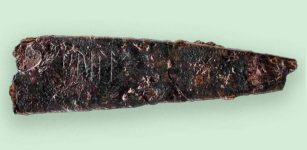 2,000-Year-Old Knife With Denmark’s Oldest Runes Found On Funen
Artifacts | Jan 22, 2024
2,000-Year-Old Knife With Denmark’s Oldest Runes Found On Funen
Artifacts | Jan 22, 2024 -
 King Mithradates VI Of Pontus Used Poison To Avoid Death By Poison
Ancient History Facts | Mar 5, 2016
King Mithradates VI Of Pontus Used Poison To Avoid Death By Poison
Ancient History Facts | Mar 5, 2016 -
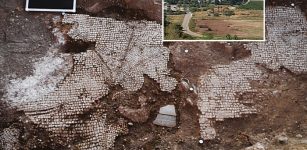 Ancient Colorful Nile-Scene Mosaics, Plastered Walls, Water Cistern Unearthed On The Shore Of The Sea Of Galilee
Archaeology | Sep 27, 2022
Ancient Colorful Nile-Scene Mosaics, Plastered Walls, Water Cistern Unearthed On The Shore Of The Sea Of Galilee
Archaeology | Sep 27, 2022

